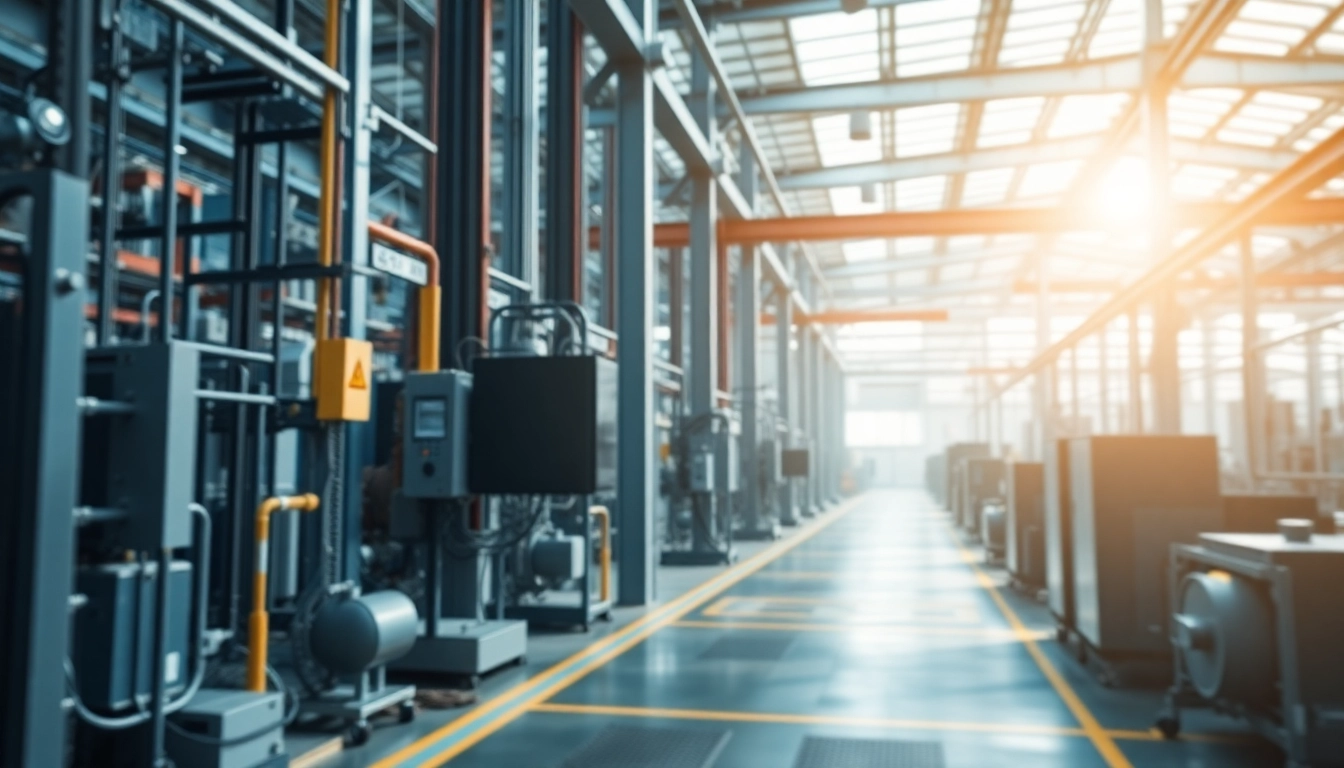Introduction to Manufacturing Costs
If you’re in the manufacturing world, understanding production costs isn’t optional—it’s essential. From labor to raw materials to global market shifts, dozens of factors influence the costs incurred in manufacturing processes. One of the most crucial elements affecting these costs is technology, which not only streamlines operations but also enhances productivity and reduces expenses. In this comprehensive guide, we will explore what drives manufacturing costs, looking specifically at the role technology plays in optimizing this critical area for businesses worldwide.
Definition and Importance of Technology
Technology refers to the application of scientific knowledge for practical purposes. Within the manufacturing sector, this definition highlights crucial methodologies designed to enhance operational efficiency and product quality while minimizing waste. The importance of technology cannot be overstated; it acts as a catalyst for increased production rates and improved service delivery, directly translating to higher profitability and competitiveness in a rapidly evolving market.
Key Components Influencing Costs
Several components directly influence manufacturing costs, including:
- Labor costs: Expenses associated with the workforce and operational management.
- Raw material costs: The prices for the materials required to produce goods.
- Energy costs: The expenses related to the energy necessary to run production.
- Technology costs: Investments made in tools, machines, software, and systems that enhance production.
- Supply chain costs: Expenses incurred in transporting materials and distributing products.
Understanding how these components interact is crucial for manufacturers aiming to identify cost-saving opportunities and improve their bottom line.
Benefits of Reducing Manufacturing Expenses
Reducing manufacturing costs offers numerous benefits that extend far beyond immediate financial savings. These include:
- Increased Profitability: Streamlined processes lead to reduced operational costs, enhancing profit margins.
- Competitive Edge: Lower costs allow businesses to offer competitive pricing, attracting more customers.
- Investment Opportunities: Cost savings can free up capital for investments in technology and innovation.
- Sustainability Impact: Lowering waste and energy consumption can lead to a smaller environmental footprint.
Major Factors Impacting Manufacturing Costs
Labor and Workforce Technology
Labor remains one of the most significant contributors to manufacturing costs. However, advancements in workforce technology are redefining how companies approach these expenses. Automation and robotics can now perform repetitive tasks, reducing the demand for manual labor and, consequently, labor costs. For instance, implementing robotic assembly lines can improve precision and efficiency, reducing production times significantly.
Raw Material Costs and Technology Solutions
The costs of raw materials vary and are influenced by market demands and availability. Technology solutions such as supply chain management software can help businesses track their material usage, forecast needs, and negotiate better pricing with suppliers. Additionally, advances in materials science yield stronger, lighter, and more cost-effective materials, further reducing overall manufacturing costs.
Supply Chain and Logistics Technology
Effective supply chain management is indispensable in controlling manufacturing costs. Technology enhances logistics by optimizing route planning, reducing fuel consumption, and ensuring timely deliveries. Solutions like real-time tracking and data analytics empower manufacturers to make informed decisions regarding inventory levels and supply chain arrangements, ultimately leading to lower costs and improved service delivery.
Technology Trends Affecting Manufacturing Costs
Automation and Robotics Impact
Automation is one of the most transformative trends in manufacturing, significantly reducing labor costs and increasing output. The integration of robotics in production lines enhances speed and minimizes errors, thus improving quality. For example, Tesla’s use of automation in its factories has accelerated production rates while maintaining high product quality.
Data Analytics for Cost Reduction
Data analytics plays a pivotal role in identifying inefficiencies within manufacturing processes. By analyzing data, manufacturers can uncover patterns in production costs, enabling them to implement targeted strategies for cost reduction. Predictive analytics can also forecast demand, allowing for better inventory management and reduced carrying costs.
Sustainable Technologies in Manufacturing
Sustainability is no longer just a trend, but a necessity in manufacturing. Incorporating sustainable technologies not only helps in reducing environmental impact but also leads to cost savings. For instance, energy-efficient machinery can significantly lower energy bills, and waste reduction strategies can decrease raw material costs.
Best Practices for Cost Management Using Technology
Integrating Advanced Technologies
Implementing advanced technologies such as IoT, AI, and machine learning can revolutionize cost management within manufacturing. For example, IoT devices can provide real-time monitoring of machinery, allowing businesses to identify maintenance needs before they lead to costly downtimes. AI-powered systems can optimize production schedules and improve resource allocation, thereby reducing waste.
Continuous Improvement Strategies
A commitment to continuous improvement through methodologies like Lean and Six Sigma can lead to substantial long-term savings. By fostering a culture of quality and efficiency, manufacturers can enhance productivity and lower costs over time. Regular training and employee engagement in improvement initiatives can also significantly contribute to maintaining an optimized production environment.
Case Studies in Effective Implementation
Examining successful case studies can provide valuable insights into how manufacturers have effectively reduced costs through technology. For instance, GE has adopted digital wind turbine technology which has enabled it to reduce maintenance by predicting failures before they occur, ultimately lowering operational costs.
Conclusion: Future of Manufacturing Costs through Technology
Emerging Technologies to Watch
The future of manufacturing costs will be significantly shaped by emerging technologies. Innovations such as blockchain for supply chain integrity, quantum computing for complex problem-solving, and enhanced AI capabilities represent just a few areas poised to influence cost management strategies.
Long-Term Cost Efficiency
Achieving long-term cost efficiency in manufacturing will require a strategic investment in technology. Emphasizing flexibility, adaptability, and innovation will allow manufacturers to navigate the complexities of changing markets and consumer demands.
Final Thoughts on Adaptability
In an increasingly competitive landscape, adaptability is crucial. Manufacturers that recognize and incorporate technological advancements will be better equipped to manage costs, foster sustainability, and ensure future growth. Embracing the latest innovations not only enhances operational efficiency but also positions companies as leaders in their respective fields.
